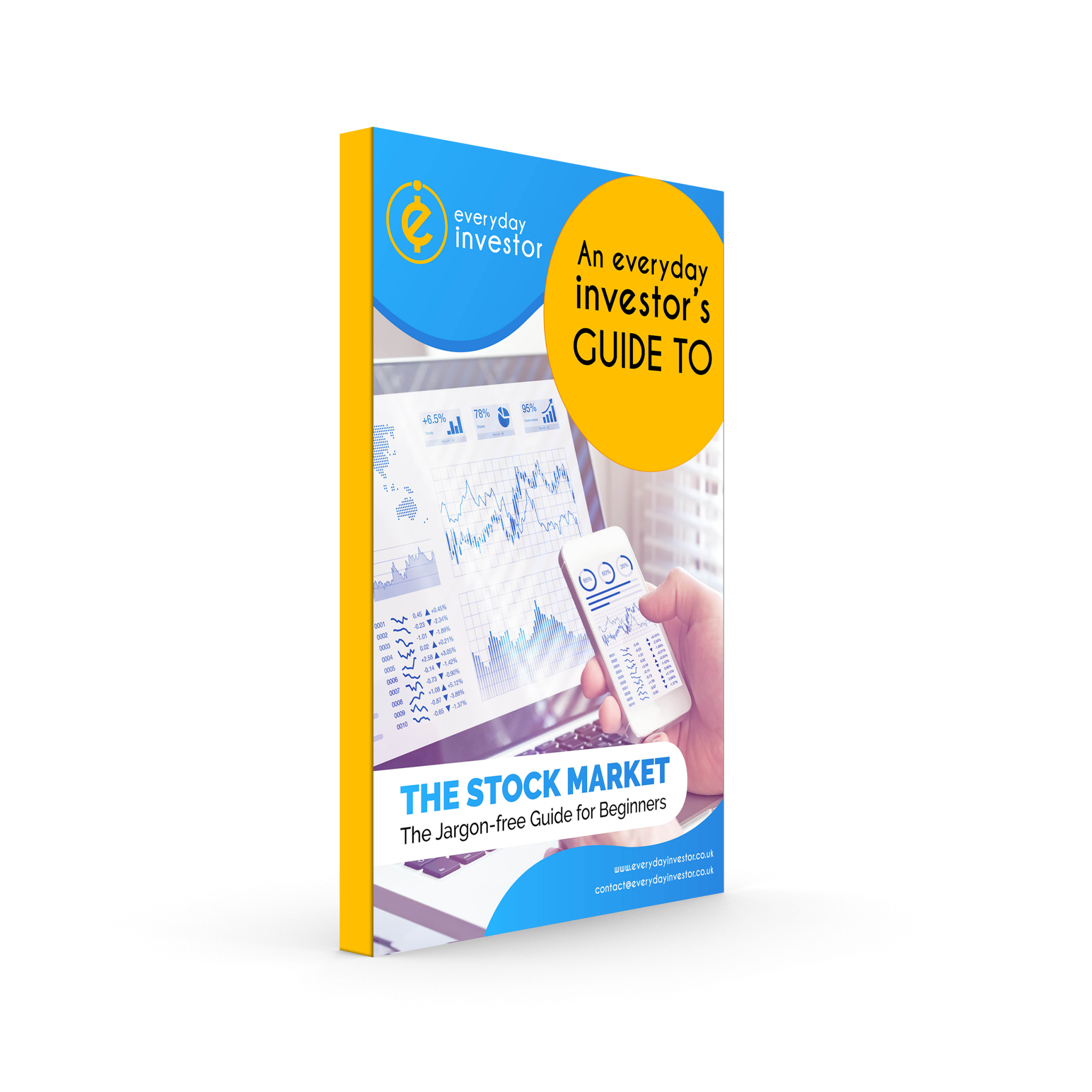What a FTSE index is
Within the UK stock market there is a set of indexes (essentially categories) which are called the FTSE UK series. The FTSE indexes are managed by FTSE Russell who are a subsidiary of the London Stock Exchange Group. They carry out the FTSE quarterly review to determine and adjust the make-up of the indexes.
How FTSE indexes are calculated
The make-up of the different FTSE indexes is determined by a company’s market capitalisation. In simple terms this is the number of shares the company has issued, multiplied by the current share price. Quite often, market capitalisation is referred to as the market value of a company.
For example, the FTSE 100 is made up of the largest 100 companies in terms of market value. Then, the FTSE 250 comprises the 101st to 350th largest companies in terms of market value. The companies that make-up the FTSE All-Share index are the collection of companies that make up the FTSE 100, FTSE 250 and FTSE Small Cap indexes.
When is the FTSE quarterly review?
FTSE Russell carry out a review each quarter of all the FTSE UK indexes. The point of these reviews is to review the make-up of the indexes and keep them up-to-date. The output of the review determines whether companies need to be inserted or deleted from each one.
The FTSE quarterly reviews are held in March, June, September and December. The review point is the first Friday of each of these months with the data used in the review being the data as at the end of trading on the Tuesday before.
Following the review, the changes are then formally put in place following the third Friday of the review month.
The FTSE quarterly review explained
In order to be included within a FTSE index there is set screening criteria that a company must meet. This includes liquidity (availability of cash to pay off debts as they become due).
The criteria is set by FTSE Russell and used to form a list of companies who are monitored for potential inclusion. At the FTSE quarterly review all eligible companies are ranked by their total market value.
FTSE Russell look at the rankings and use them to determine which companies should be added to and removed from the different indexes. For the FTSE 100 and FTSE 250 the following methodology is used.
Promotion
For the FTSE 100, if a company not currently in the FTSE 100 is now in 90th position or higher (in terms of total market value) they are promoted to the FTSE 100.
For the FTSE 250, if a company is now in the 325th position or higher (in terms of total market value) they are promoted to the FTSE 250.
Relegation
For the FTSE 100, if a company is now in 111th position or below (in terms of total market value) then it will wave goodbye and be demoted (usually down to the FTSE 250).
For the FTSE 250, if a company is now in 376th position or below (in terms of total market value) then it will be dropped from the index.
Using the cut-off points as slightly above/below 100 for the FTSE 100 and slightly above/below 350 for the FTSE 250 reduces the number of continuous changes to the indexes as a company only gets promoted or relegated when it is clearly ready to be moved.
The FTSE quarterly review keeps the numbers constant
However, one important thing to note is that there will always be a constant number of companies in the indexes. That’s 100 in the FTSE 100 and 250 in the FTSE 250.
What that means is that if more companies qualify for promotion than the number of companies who qualify for demotion, then a greater number of companies will be demoted.
The criteria gets expanded so those who are the next lowest ranking get removed. This works in the same way when more companies qualify to get demoted than those who qualify to get promoted. In this scenario, the highest-ranking companies not currently in the index would get promoted to make up the numbers.
Keeping it simple
There are various FTSE indexes (categories) which comprise different companies listed on the London Stock Exchange. The make-up of the indexes is determined by the total market capitalisation of the companies. This is the number of shares issued multiplied by current share price.
The indexes and the make-up of them are managed by FTSE Russell (a subsidiary of the London Stock Exchange). FTSE Russell review the FTSE indexes each quarter to determine whether companies need to be inserted or deleted from the index. The current market capitalisation of the companies listed on the stock exchange is used to establish whether changes are needed.
If you’re keen to learn more make sure you check out the rest of our website or grab a copy of our free Beginner’s Guide to Investing in the Stock Market.
Data source: FTSE Russell (September 2023)
All our content is provided for educational purposes only, to help you make your own decisions. We don’t provide personalised advice. Therefore our content should not be considered an invitation, inducement or recommendation to engage in any particular investment activity. Please review our disclaimer and website terms for full details.








